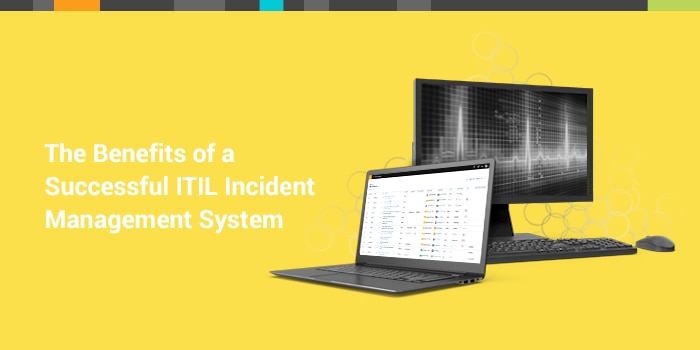Dealing with incidents is a common, if not everyday, function of just about every IT department. Incidents may be indicative of underlying problems (and they quite often are), but they are typically not problems themselves. Further, many incidents are isolated occurrences that could not be adequately planned for and may not be prevented from happening again. But, that is not true of all incidents.
In fact, because many incidents are indicative of underlying problems that require addressing, it can be tempting to conflate the two. When asking, when does an incident itself turn into a problem? The correct answer to this question is simply, “never.” See above – incidents are not necessarily problems.
Problems can lead to incidents—as can solutions—and when there are many incidents (sometimes because of a new solution that was meant to fix an existing problem is causing them), it can be a problem. But that’s not a “problem” in the strict sense of the word.
So, when does an incident itself turn into a problem?
Reactive vs Proactive Problem Management
Root causes are... well, root causes. Incidents very rarely appear out of the ether (though they may seem to). And if there are recurring incidents, then it is very highly probable that there is a problem at the root of these incidents. Many organizations chase these incidents through their established
incident management process flow, putting out proverbial fires and only doing root cause analysis of their incidents as a function of service operation, when time allows.
A more productive strategy (if getting at the problems underlying incidents is your aim), is adopting a proactive approach to problem management. Applying proactive problem management at each stage of the life cycle—from continual service improvement, back to service transition, back to service design, and all the way back to service strategy—allows for a more comprehensive and holistic approach to problem management.
Things an Organization Can Do to Become More Proactive
Becoming more proactive in problem management, like many ideals, is more easily paid lip service to than executed. That being said, there are many direct, concrete ways that your organization can get better about being proactive in problem management. To accomplish this, it’s all about:
- Demand Management
- Demand is often the first area where incidents arise, no matter the underlying problem. In fact, many organizations will trace incidents through their incident management process flow back to demand and then stop there. On a regular basis, you should examine your flow of activity to establish your peak demand times, looking for demand patterns that could potentially create capacity issues.
- Availability Management
- Availability (and capacity) is the primary component of many demand management issues. Regularly evaluate availability of tools and processes, looking for ways to identify problematic conditions and to predict availability issues.
- Capacity Management
- Capacity issues (along with availability issues, as coupled with demand issues) are usually at the root of the overwhelming majority of incidents. Proactively manage your capacity, utilizing automated systems and processes that will allow your organization to handle capacity issues before they trigger incidents.
So, When Does an Incident, Itself, Turn Into a Problem?
The answer is still, technically,
never. Though recurring incidents are a “problem,” they are not the same type of problem that underlies recurring incidents. They are more of an illness within the organization – an illness that has to be treated both proactively and holistically, looking for underlying causes (problems) that lead to symptoms (incidents).










